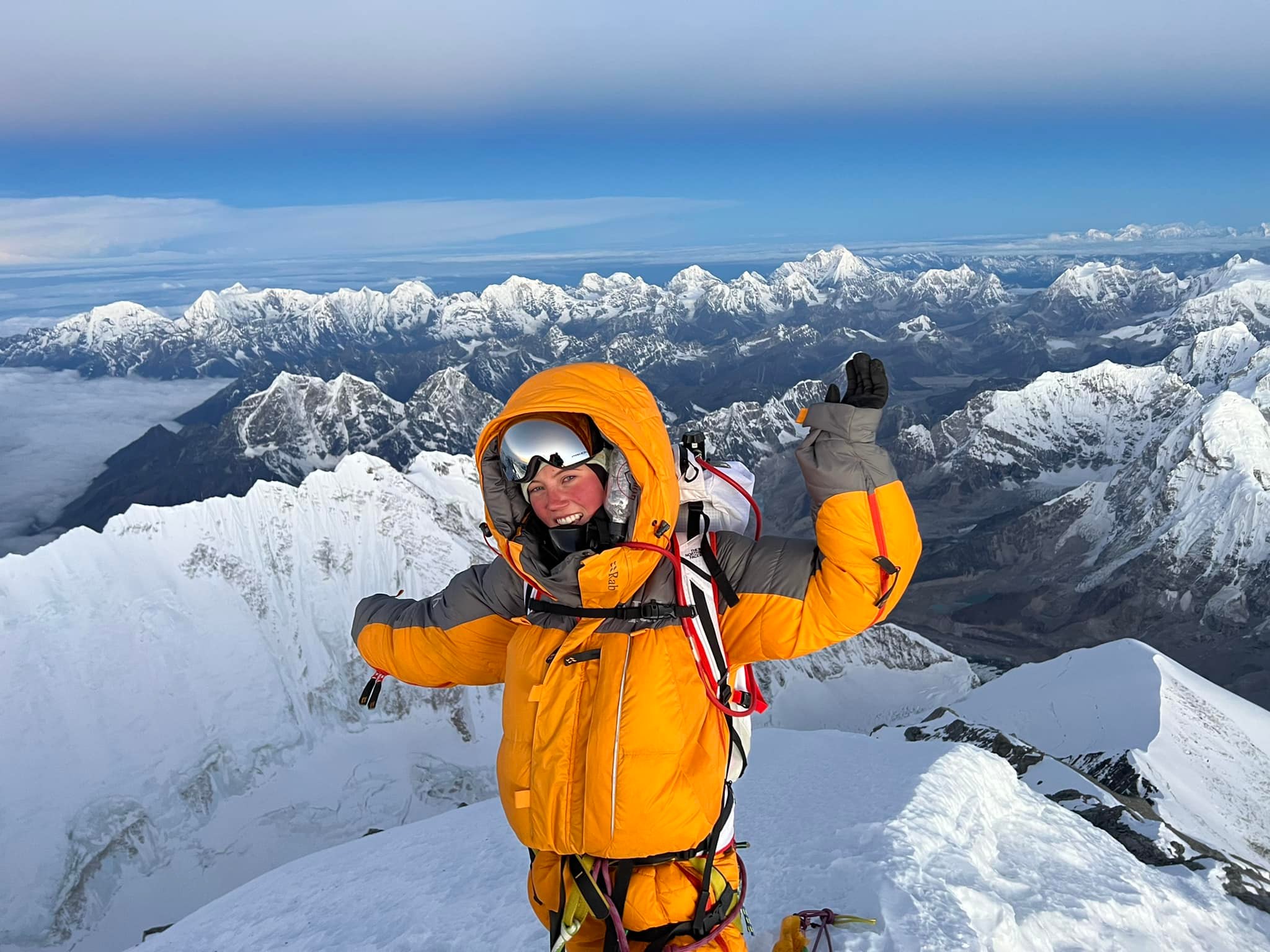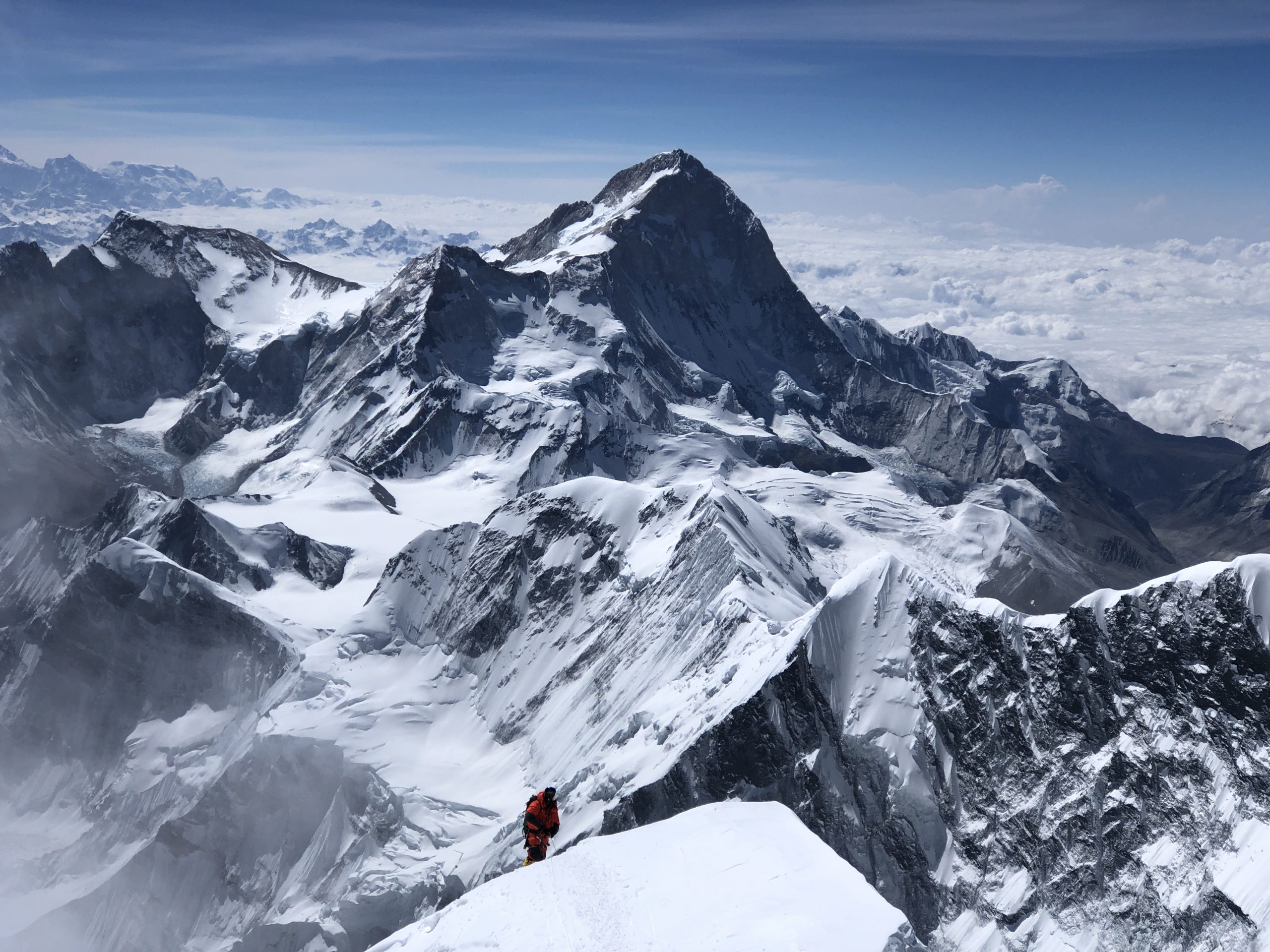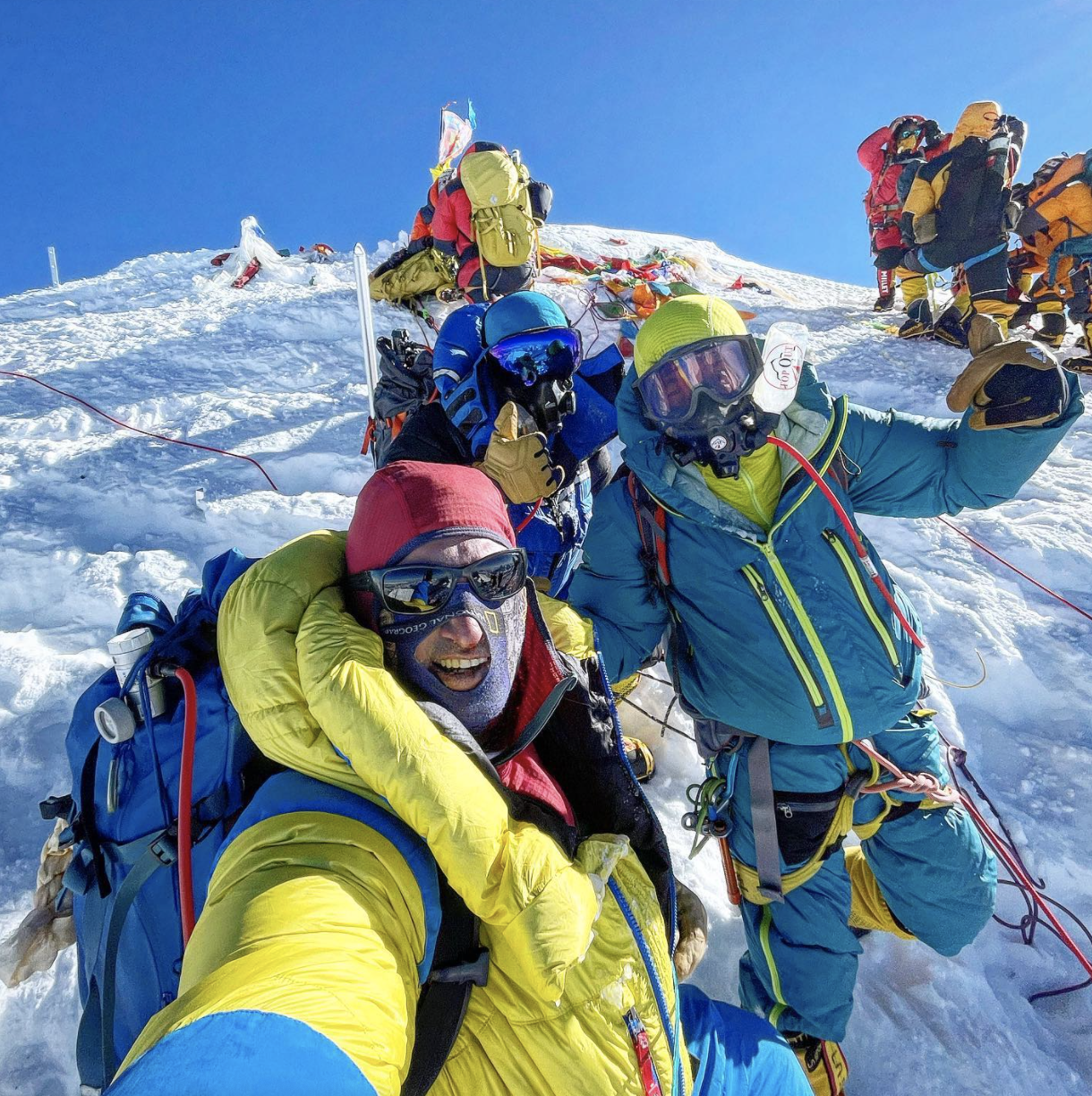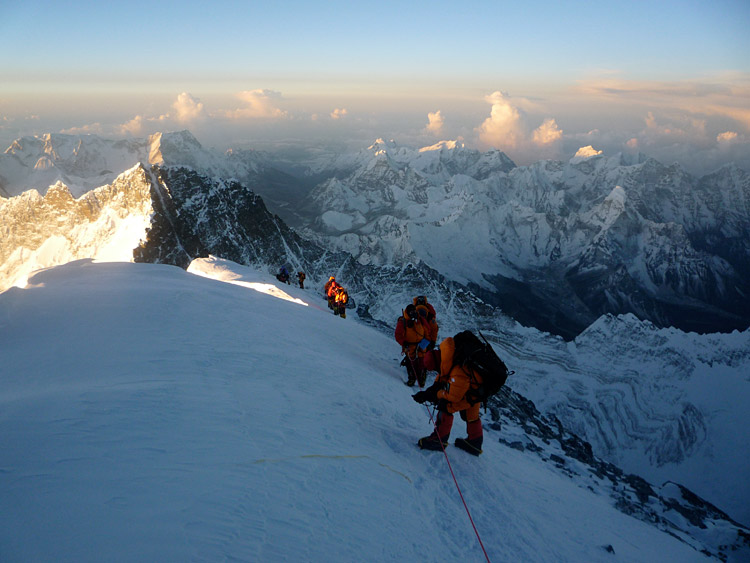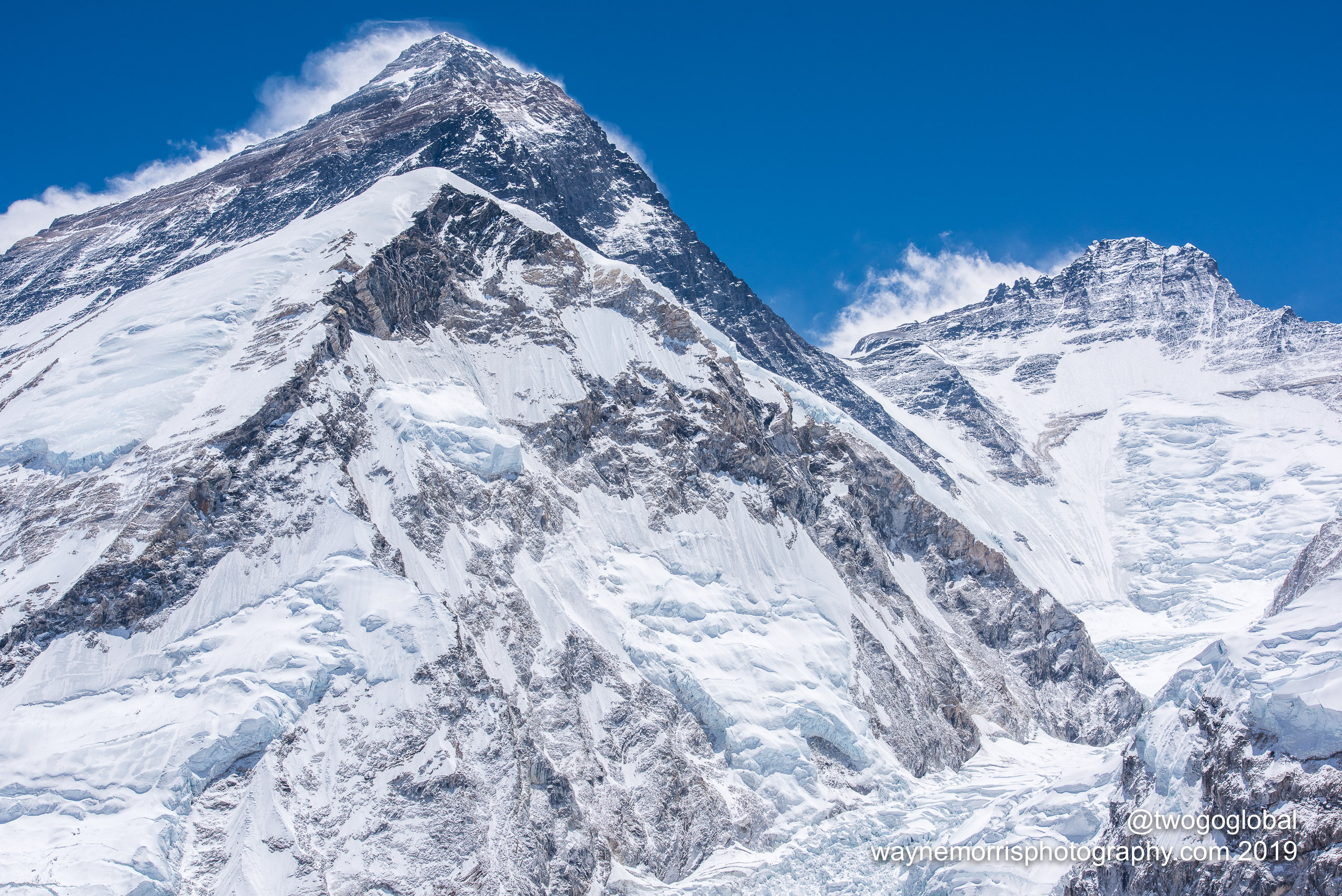Ecuador Team Acclimatizing Well
Our July Ecuador expedition hit the ground running and is making great progress. After a few days in Quito the team and guide Franklin Varela left the City yesterday traveling North to Fuya Fuya for their first acclimatization hike. An extinct volcano, Fuya Fuya is a gorgeous hike through incredible sub-alpine scenery and ascending to nearly 14,000 ft (~4,200m). After their morning acclimatization it was on to the Town of Otavalo, one of the gems of Ecuador. An incredibly scenic town Otavalo also hosts one of the most famous indigenous craft markets in the country.
Today's plan is another acclimatization hike on Imbabura and a final night in Otavalo. Tomorrow the team will head out of cell and internet coverage as they take a jeep ride to a hut on Cayambe in preparation for their first major summit bid.
Beautiful scenery, massive volcanoes, and incredible culture - this crew is getting all the highlights Ecuador has to offer.
Cheers,
CTSS Team
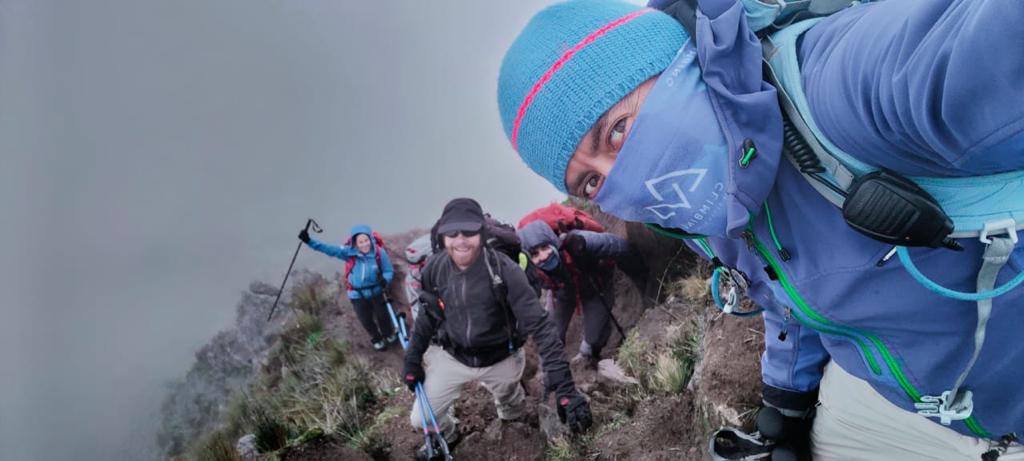
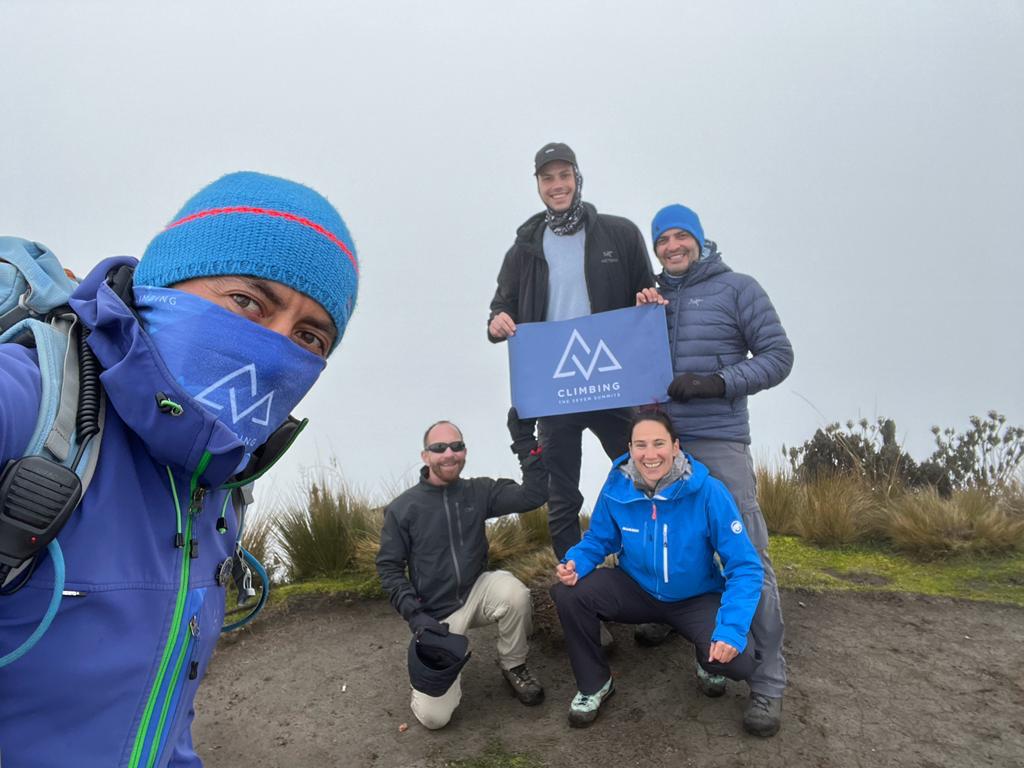

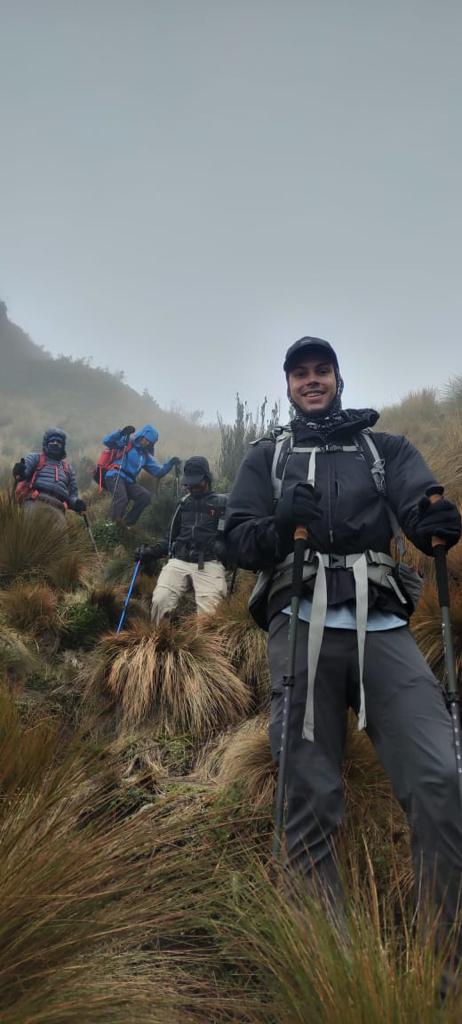
Everest/Lhotse Season Summit List
100% CTSS SUCCESS IN 2022


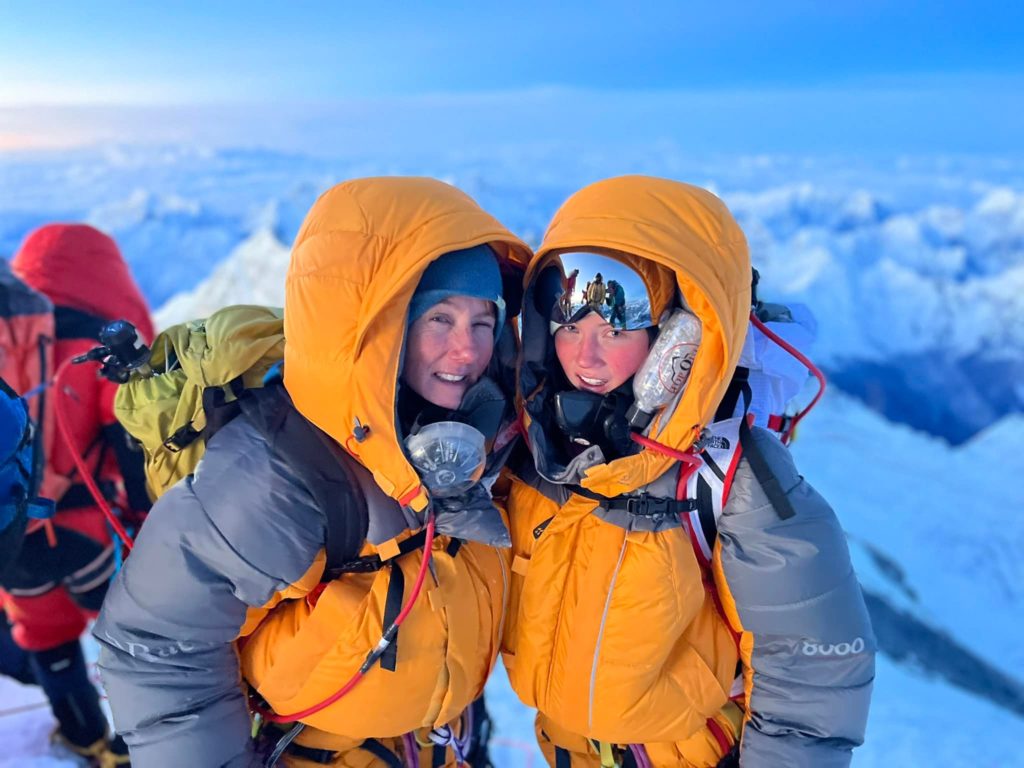
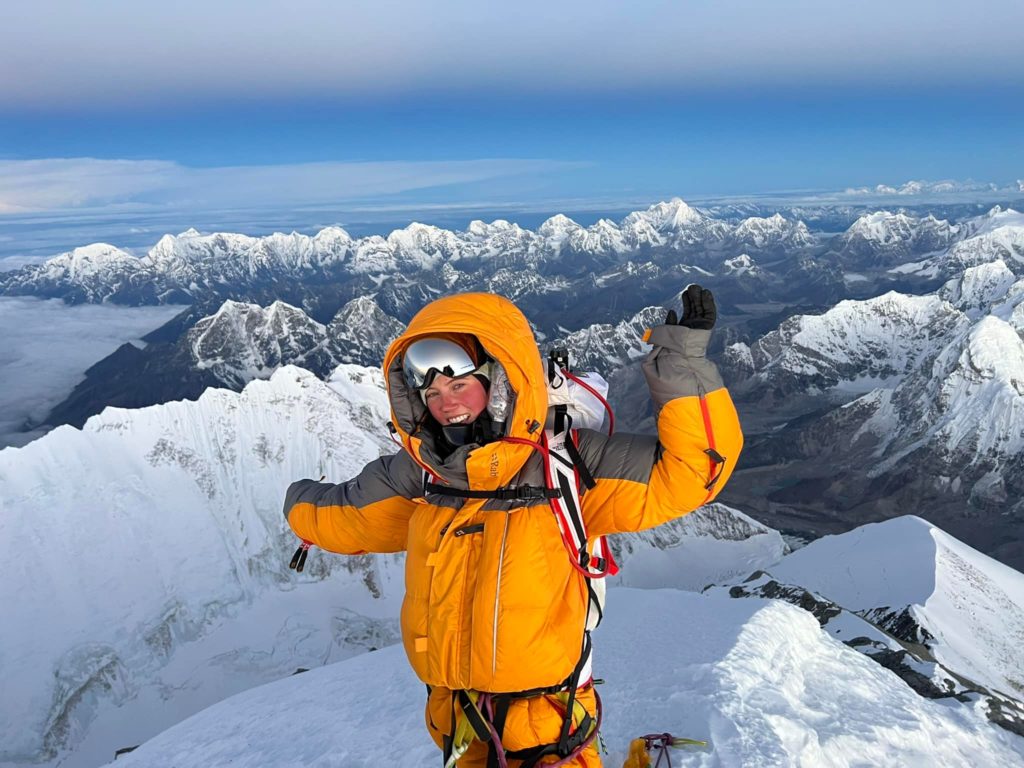
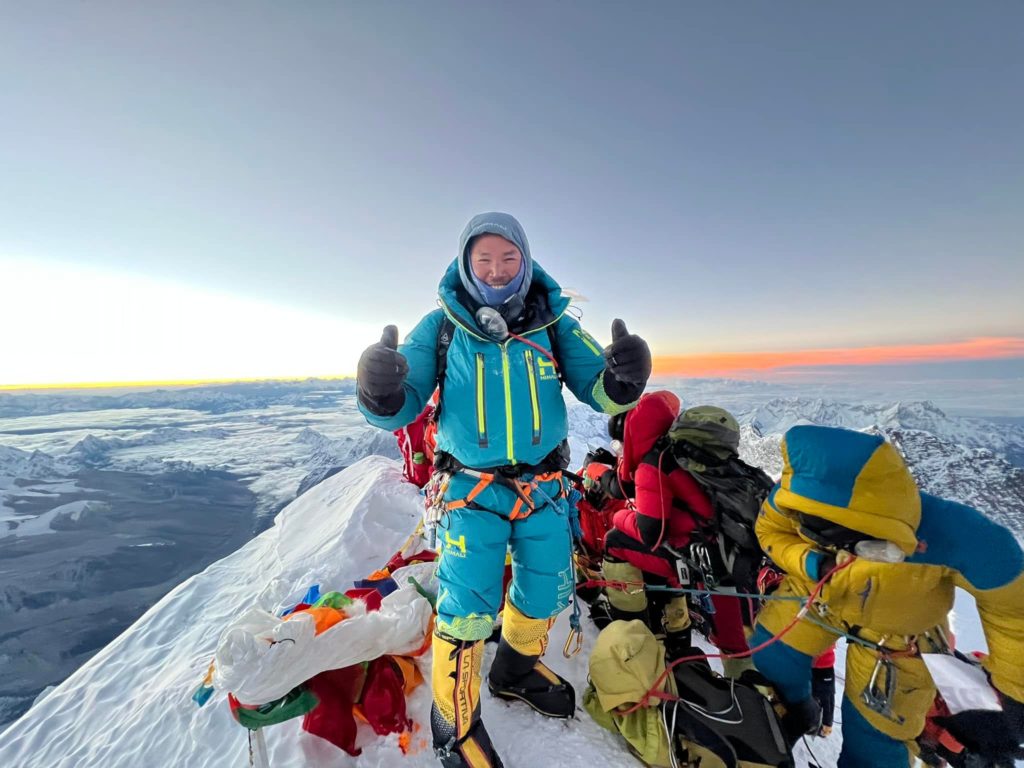
Manal - 1st Egyptian Woman to Summit Everest
Congratulations to Manal A Rostom for becoming the first Egyptian woman to summit Mt Everest on the 16th May in perfect weather with CTSS Guide Anup & Pemba Tamang & Karsang Sherpa
Manal is currently below the Balcony on her way back to the South Col and will drop down to at least Camp 3 today, if not Camp 2.
That brings our summit waves to a close this season on Everest - with 100% of climbers who left Base Camp on their summit bid, successful on both Everest & Lhotse in 2022. With the exception of last year that was so impacted by covid, CTSS has maintained it's 100% success rate for the past 3x seasons!
We are so proud of all of our climbers, our incredible guides and our phenomenal local team. Without them, nothing is possible in the mighty Himalaya.
Cheers
CTSS Team

Lhotse Summits!
More Lhotse Summits
Another great morning of weather today on Everest/Lhotse and another exciting record with Gabby Kanizay topping out on Everest yesterday (14th May) and Lhotse today (15th May) with Tendi Sherpa at 5:30am, invariably making her the Youngest Australian to Climb Everest & the Youngest Australian to Climb Lhotse at just 18.
She is so strong and descending now toward Camp 2 to rejoin her mum Jane who also summited Everest yesterday and is also dropping back to Camp 2 along with Jessica Hepburn and Guide Kami. Tomorrow they will return to Base Camp to celebrate their incredible success.
Meanwhile Manal R and Guide Anup are above the Yellow Band and moving well towards the South Col, where they will rest and reenergise ahead of their summit bid tonight. Weather looking great!
All is well on Everest/Lhotse.
Cheers
CTSS Team
100% CTSS team summits so far:
Everest:
Mark Woodward - 12th May
Pega Sherpa - 12th May
Margaret Kincaid - 12th May
Pemba Gelji Sherpa (Phortse) - 12th May
Meghan Buchanan - 12th May
Naren Shahi - 12th May
John Keagy - 12th May
Walter Hailes - 12th May
Pasang Kami Sherpa - 12th May
Clayton Wolfe - 12th May
Pasang Tendi Sherpa - 12th May
Tomas Ceppi - 12th May
Pemba Gyelji (Kharikola) - 12th May
Sonam Phinjo Tamang - 12th May
Tseten Bhote - 12th May
Pasang Bhote - 12th May
Tsering Sherpa - 12th May
Rinji Sherpa - 12th May
Dawa Sherpa - 12th May
Jane Kanizay - 14th May
Gabby Kanizay - 14th May
Jessica Hepburn - 14th May
Tendi Sherpa - 14th May
Pasang Sherpa - 14th May
Jessica Hepburn - 14th May
Kami Sherpa - 14th May
Sujan Gurung - 14th May
Lhakpa Sherpa - 14th May
Kusang Dorjee Tamang - 14th May
Dawa Dendi Sherpa - 14th May
Namgyal Dorjee Sherpa - 14th May
Lhotse:
Margaret Kincaid - 13th May
Mark Woodward - 13th May
Pega Sherpa - 13th May
Sonam Phinjo - 13th May
Gabby Kanizay - 15th May
Tendi Sherpa - 15th May
Kusang Tamang - 15th May

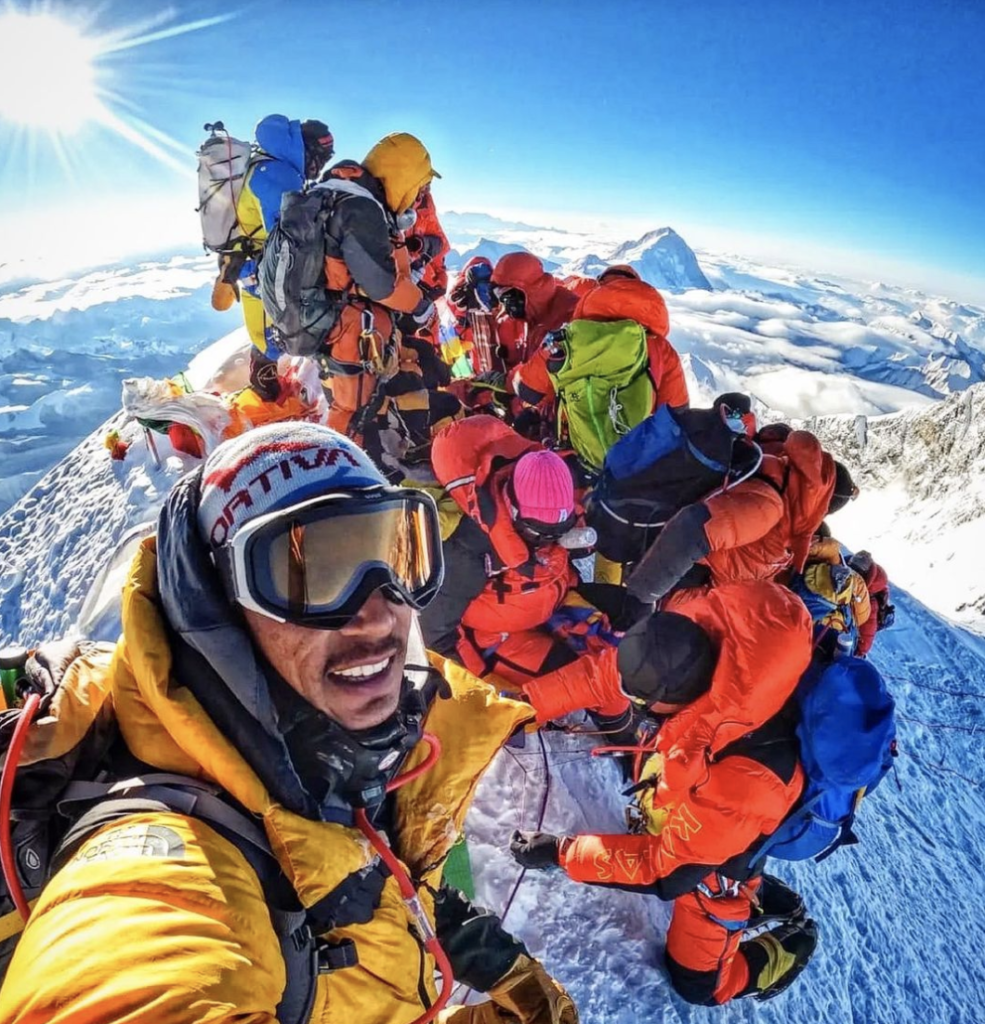
...More 14th May Everest Summits...
Congratulations to Ms Jessica Hepburn and Guide Kami Sherpa standing on top of Everest right now. 100% of our second wave of climbers & Guides on top.
They will now begin their descent to the South Col following Jane & Gabby, Pasang & Tendi.
Manal is currently moving up to Camp 3, and making good time.
Cheers
CTSS Team
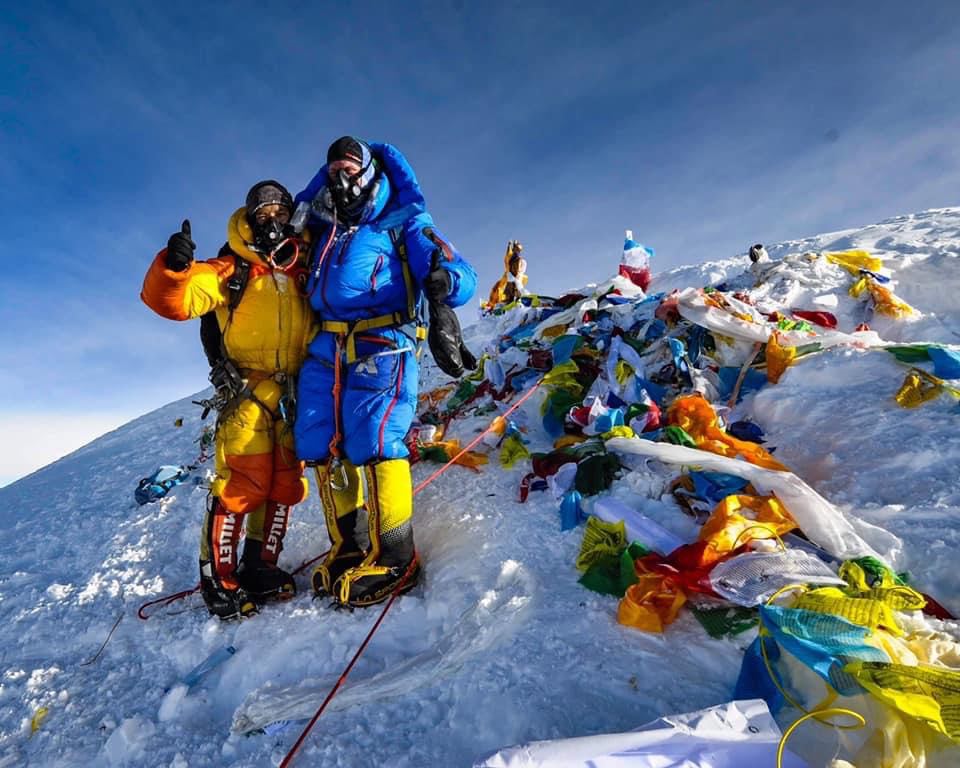
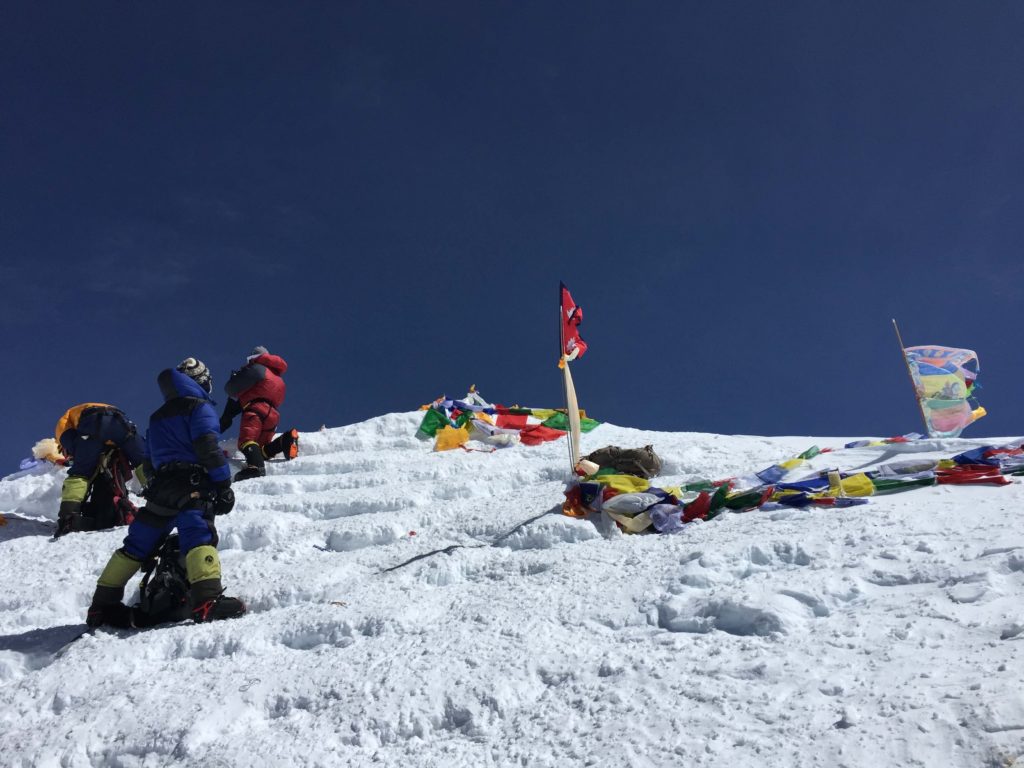
More Everest Summits!!
A huge congratulations to:
Ms Gabby Kanizay - the newly minted Youngest Australian to Summit Everest, at just 18yrs old along with her mum, Jane Kanizay with Guides Tendi Sherpa and Pasang Sherpa standing on the top of the world
Jessica H and Guide Kami are currently at the South Summit continuing up.
Jane & Gabby will now start their descent, and we'll update you when they have reached the South Col.
Cheers
CTSS Team


Second Everest Summit Bid Begins
Our next set of summit bids are now underway with Jane K with Guide Pasang, Jessica H with Guide Kami leaving the South Col at 8:45pm on the 13th (local time) and speedy Gabby K close behind with Guide Tendi departing at 10pm.
Great weather with low winds and the team is moving well. Remember it's very common on summit day to have fewer updates, in fact in a sense, the fewer the better as it means the team is moving consistently, staying focused and conserving their energy and warmth.
We'll keep you updated and wishing them good luck as they hopefully reach the top of the world in a few more hours.
Cheers
CTSS Team

Going Up & Back to Base
A quick update;
At the South Col: Jane & Gabby Kanizay are now safely at the South Col with Guides Tendi and Pasang, along with Jessica H and Guide Kami having climbed up the remainder of the Lhotse Face today in great weather. They will take a well deserved rest, steal a cat nap, rehydrate and refuel before setting off this evening (local time) on their summit push. They intend to climb through the night and summit early tomorrow morning. Forecast looks very good.
Manal R with Guide Anup reached Camp 2 in good time today and will move up the Lhotse Face to Camp 3 tomorrow ahead of her summit push.
All of our Lhotse Summiteers are now safely back to Camp 2 and all of our 12th May Everest summiteers are back to Base Camp.
Cheers
CTSS Team

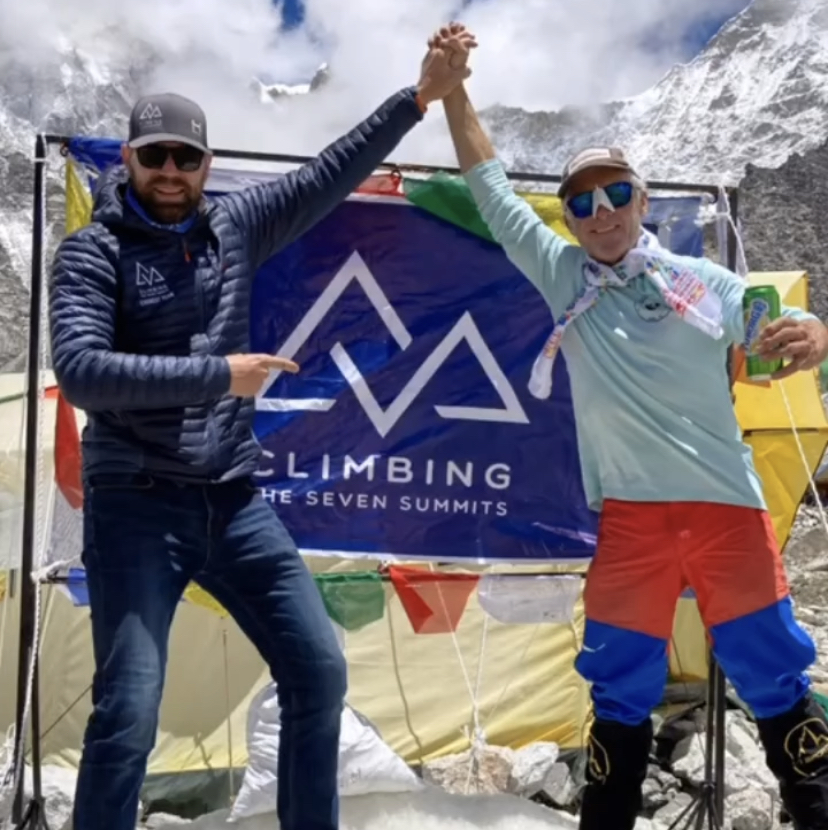
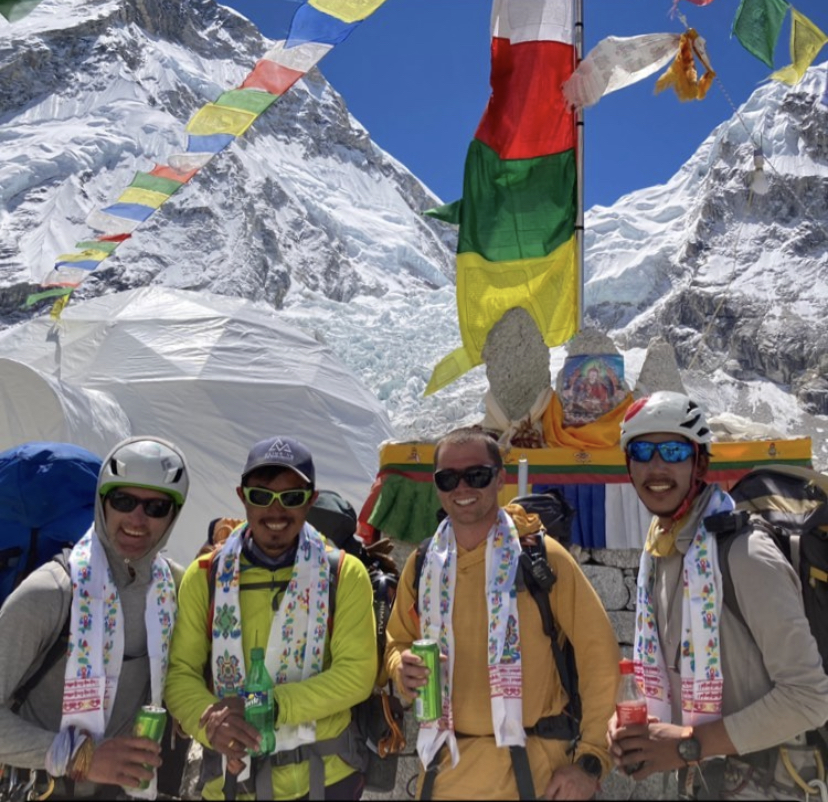
100% Lhotse Summits
Congratulations to our Everest/Lhotse double header climbers who topped out on Everest yesterday and today topped out on Lhotse, the world's 4th highest peak in perfect weather and within 24hours!
Margaret Kincaid
Mark Woodward
Pega Sherpa
Sonam Phinjo
Mark & Margaret are part of our 40 Day Hypoxico Speed Ascent team and absolutely cruised on both Everest and Lhotse this season. They are descending now back to Camp 2 and will drop back to Base Camp tomorrow.
(Clayton who was on our 30 day Everest Hypoxico speed ascent program also summited yesterday bringing our speed climber success rate to 100% this season)
Our May 12th Everest summit team are currently coming through the icefall for the last time this season and will shortly arrive back to Base Camp very soon to celebrate their success!
At Camp 3 Gabby, Jane and Guides Tendi & Pasang are heading up the Lhotse Face to the South Col today ahead of their summit bid tonight. Manal and Guide Anup are moving from Camp 1 to Camp 2 on their summit rotation.
Cheers
CTSS Team
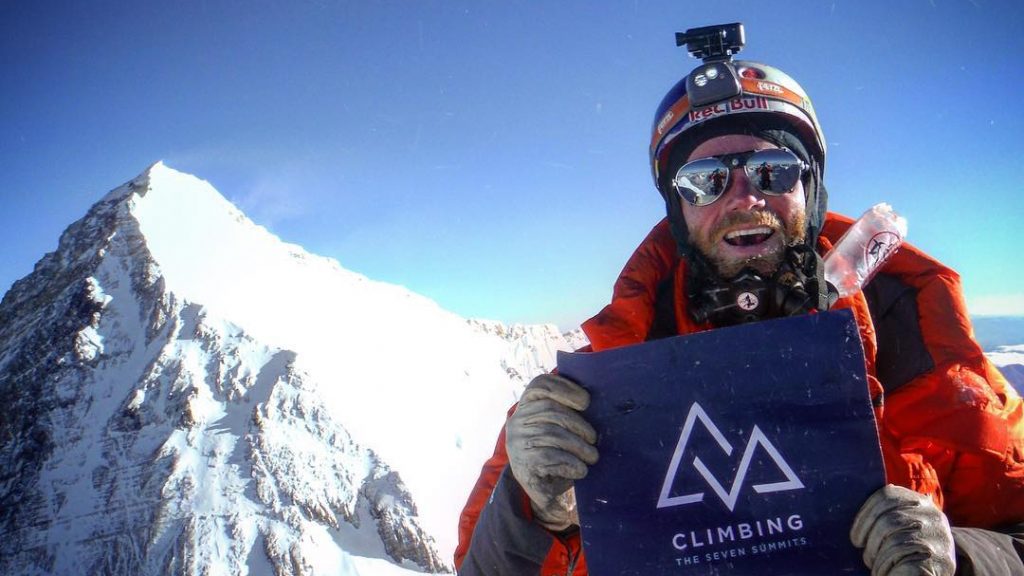

Summiteers Back to the South Col & Next Wave Moving Up
All of our first wave of successful 12th May Everest Summiteers are now safely back to the South Col in great time and are having warm drinks and well deserved rest. Again a huge congratulations to them all. We very much look forward to them dropping back to Camp 2 (either later today if they feel up for it, or tomorrow) and then onto Base Camp in coming days.
Meanwhile our second wave (Gabby & Jane with Guides Tendi & Pasang and Jessica H and Guide Kami) who are eyeing a 14th May summit have moved up from Camp 2 to Camp 3. They will sleep on oxygen at C3 before moving up to the South Col tomorrow and onwards for their planned summit bid. We continue to watch the weather for them but at the moment the forecast is looking good.
Manal R & Guide Anup left Base Camp this morning, and are moving steadily up to Camp 1 and will look at their summit bids in days to come.
Cheers
CTSS Team



